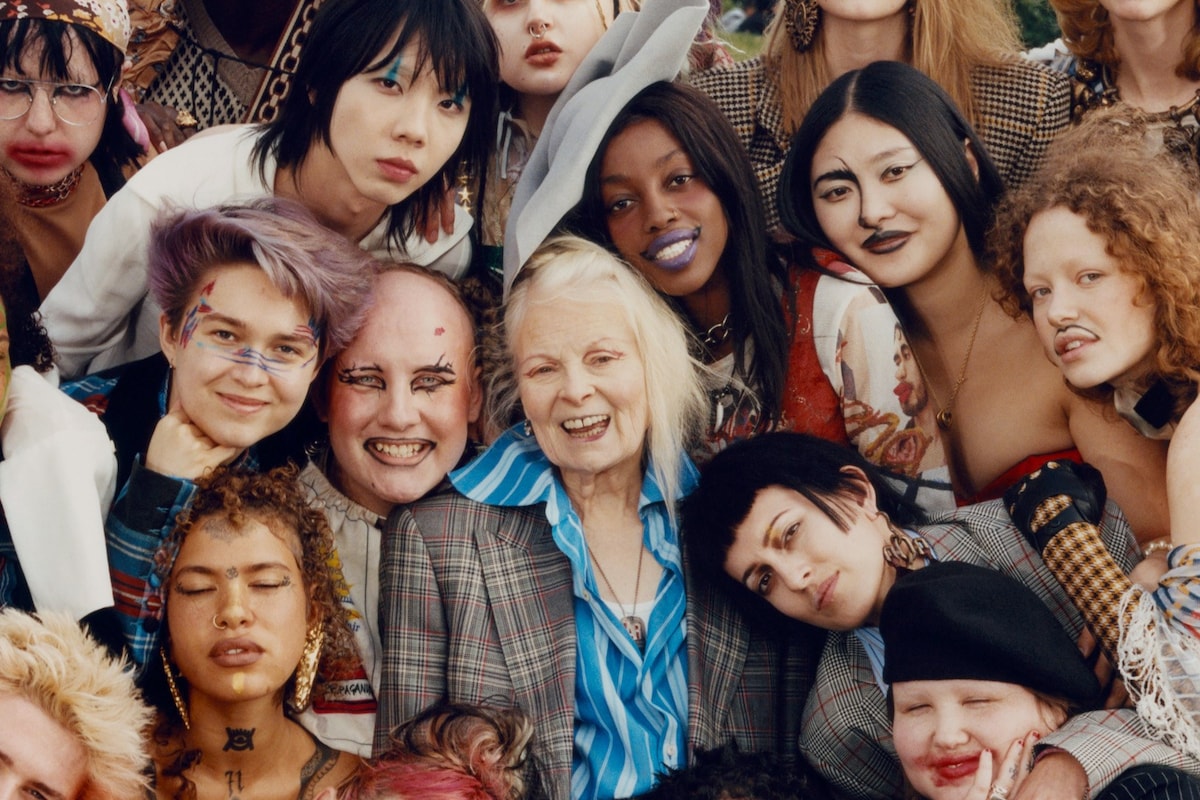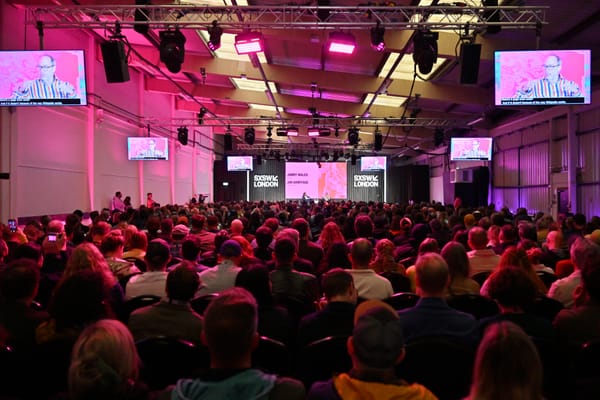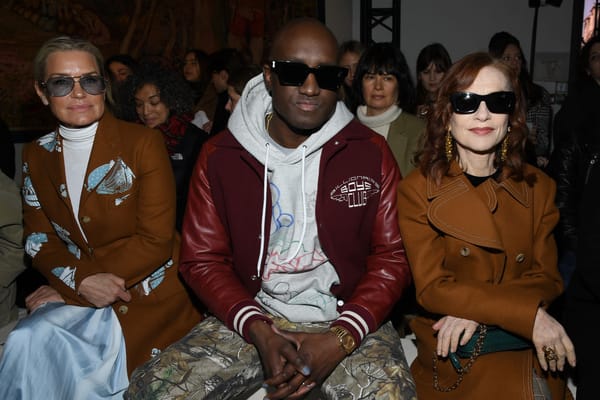Fashion statement: a guide to the politics of youth style
A closer look at how Gen Z are making political statements through their style
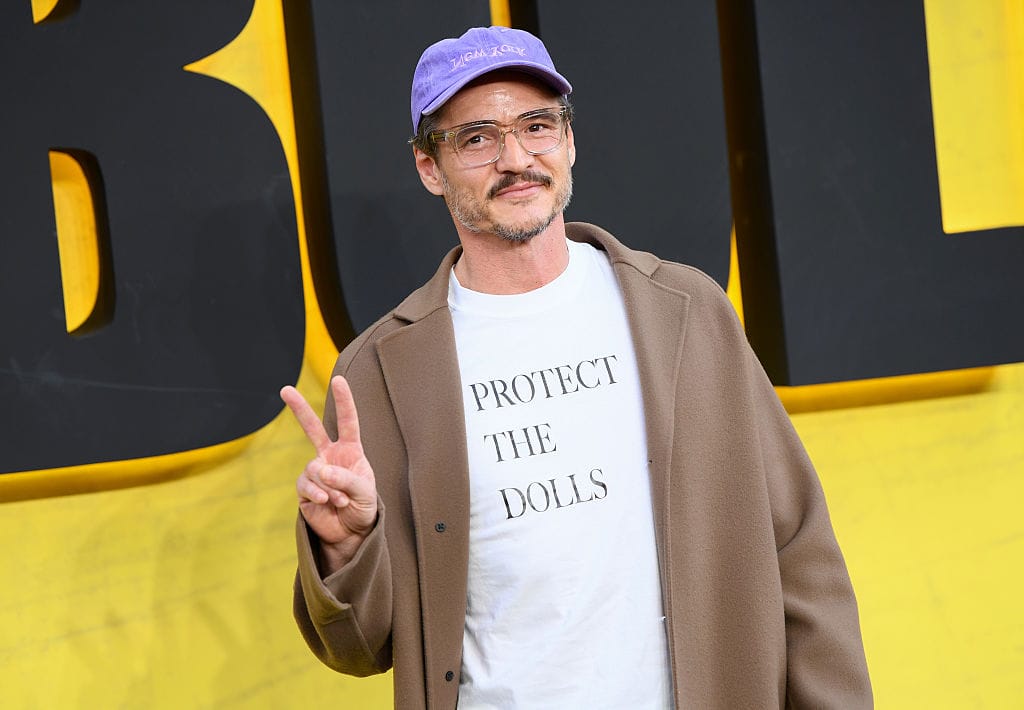
In 2024, more than half of American 18-29-year-olds turned to platforms like TikTok, Instagram and YouTube for political news, reshaping how we consume current affairs, and our increasingly politicised internet culture is impacting Gen Z’s view on fashion.
Although fashion has long been used as a medium for political activism - think Vivienne Westwood and the Sex Pistols, and Black Pantherism and the Kangol beret - youth tastemakers are boosting fashion activism once again to the forefront of social media. This week at Dazed Studio, we look at fashion trends that send a political message.
Saying things with your chest (literally)
This is a fun trend I've noticed; wearing your thoughts plastered on your chest – we both spoke about it a while back but slogan tees are everywhere right now and it’s interesting to see people telegraphing messages on their chest – from absolutely filthy ones, to political ones, to absolutely absurd ones.
- Emma Davidson, Fashion Features Director, Dazed
In a social-first world where online activism is part and parcel of Gen Z youth culture, what you wear signals more than just style. Slogan tees serve to speak to the machines which power our feeds, operating as a caption to your outfit, designed for detection by the algorithms.
Dazed's article from February on Connor Ives’ AW25 “Protect the Dolls” t-shirt was one of the strongest performing articles last week, evidence that our audience cares deeply about this political cause. In the midst of the erosion of trans rights both here in the UK and across the pond in the last couple of weeks, it’s no wonder celebs such as Pedro Pascal are wearing their thoughts, with proceeds from the 5,000 orders of Ives' t-shirt in the last month going directly to Trans Lifeline.
The slow burn of selvedge denim
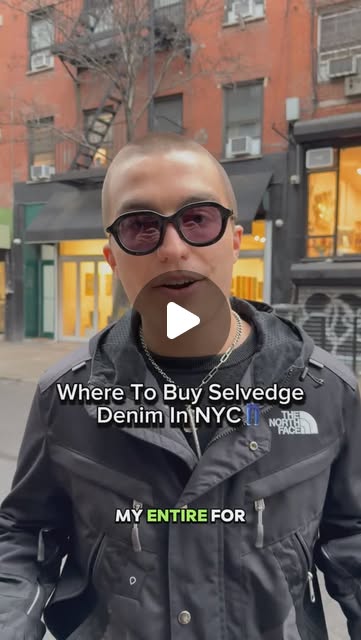
In an age of fast fashion fatigue, Japanese selvedge denim has re-emerged as a youth culture essential. Unlike mass-produced jeans, selvedge (from “self-edge”) is woven on old-school shuttle looms, creating a tighter, more durable fabric with clean edges that won’t unravel. Every fade tells a story, every wear pattern becomes a personal signature.
Okayama-based Kuroki and Fukuyama-based Kaihara (favoured by Nudie Jeans) are widely revered for their craftsmanship. Japan now accounts for the vast majority of the world’s premium selvedge denim exports, since the last major American selvedge plant closed in 2017. Google searches for “selvedge denim” rose 37% in 2024, with spikes in resale platforms like Grailed, niche subreddits, and TikTok driving the buzz.
Part of this trend is about authenticity; wearing selvedge feels like a small rebellion against disposable culture. Yet the quiet political message is also against wasteful production cycles. Investing in selvedge (and it is an investment) isn’t just about aesthetics, it is a sustainable commitment - its fabric requires fewer washes (you aren’t supposed to wash a new pair until you have worn it for 6 months), it lasts far longer, and ultimately becomes a timeless, personalised piece in your wardrobe.
Gorpcore isn't over, it's becoming a necessity
Although GQ declared gorpcore dead last year, its continued appearance, including in the sold out Salomon x Sandy Liang collab, and Salomon’s new collaboration with Margiela, are silently demonstrating that it’s no longer just a trend. We’re actually gearing up for survival.
Gen Z’s ongoing obsession with brands like Arc’teryx and REI are in keeping with their high levels of climate anxiety. According to a Lancet Planetary Health survey of 16,000 young people from late last year, more than 80% of young Americans are worried about the impact of climate change, with 64% agreeing that it impacted their plans for the future.
As freak weather increasingly becomes the new normal, Gen Z is swapping drip for dry. Despite Goretex’s recent controversies surrounding the leakage of PFAs into our environment, it’s clear that water-resistant and water-proof wear will become everyday essentials for many in cities. Through their algorithmic support of gorpcore, young people are priming us to prepare for the fallout of the Anthropocene; it's a trend speaks to a generation that’s tired of pretending things are fine.
Small brand activism
Today’s youth does not shy away from activism. Gen Z is supporting small, activism-driven brands in an era when the political messages of large fashion corporations may appear performative. Buying from these brands is a way to reject the mass-market status quo, and build an identity for the generation rooted in conscious choices. For Gen Z, fashion is becoming more about coalition- and community-building and values-first storytelling, and for a generation that feels increasingly disconnected, small brands are a panacea.
Case Study 01: Najma Collective
Founded by Tara Lumley in 2023, in the wake of new political unrest in the Middle East, Najma Collective is bringing Palestinian activism alive through woollen scarves. In their newest drop, their Muthanna scarf resembles a keffiyeh. 20% of all sales go directly to the ActionAid Gaza Crisis Appeal. Gen Z sees sartorial choices as a subtle yet visible way of exercising one’s political agency, in an era where certain opinions may face silencing, and wearing Najma’s scarves is both a fashion and political statement.
Case Study 02: Paria Farzaneh
London-based Farzaneh frequently uses traditional Iranian patterns, particularly Ghalamkar fabric, in her designs. In doing this, she challenges the Western-centric fashion narrative and celebrates her Iranian heritage, using fashion as a tool to assert identity and resist cultural erasure. Her runway shows have also voiced subversive and symbolic messages. Her F/W 2020 show included soundscapes of political protests, commentary on surveillance, and references to global unrest.
You can watch an interview between Paria and Daoud Tabibzada, Dazed MENA Art Director, at Sole DXB 2024 here:
What this means for brands
As Gen Z continues to politicise fashion through what they wear and how they post, brands can no longer afford to rely on surface-level messaging. This generation expects statements and action, not just aesthetics. On social media, style has become a form of protest, and certain shopping habits are small acts of defiance.
Most consumers look at brands with purpose. If the purpose is generic, it’s worse than if they have no purpose. If your messages are generic, they are worse than doing nothing.
- Jack Self, Architect, Strategist, and Founder of Real Review
For brands, this means aligning with meaningful causes isn’t a marketing strategy, it’s an expectation. Those who back their values with tangible action, whether that be through ethical supply chains and sustainability efforts, or community partnerships with activist causes, are far more likely to earn the trust of the younger generation.
